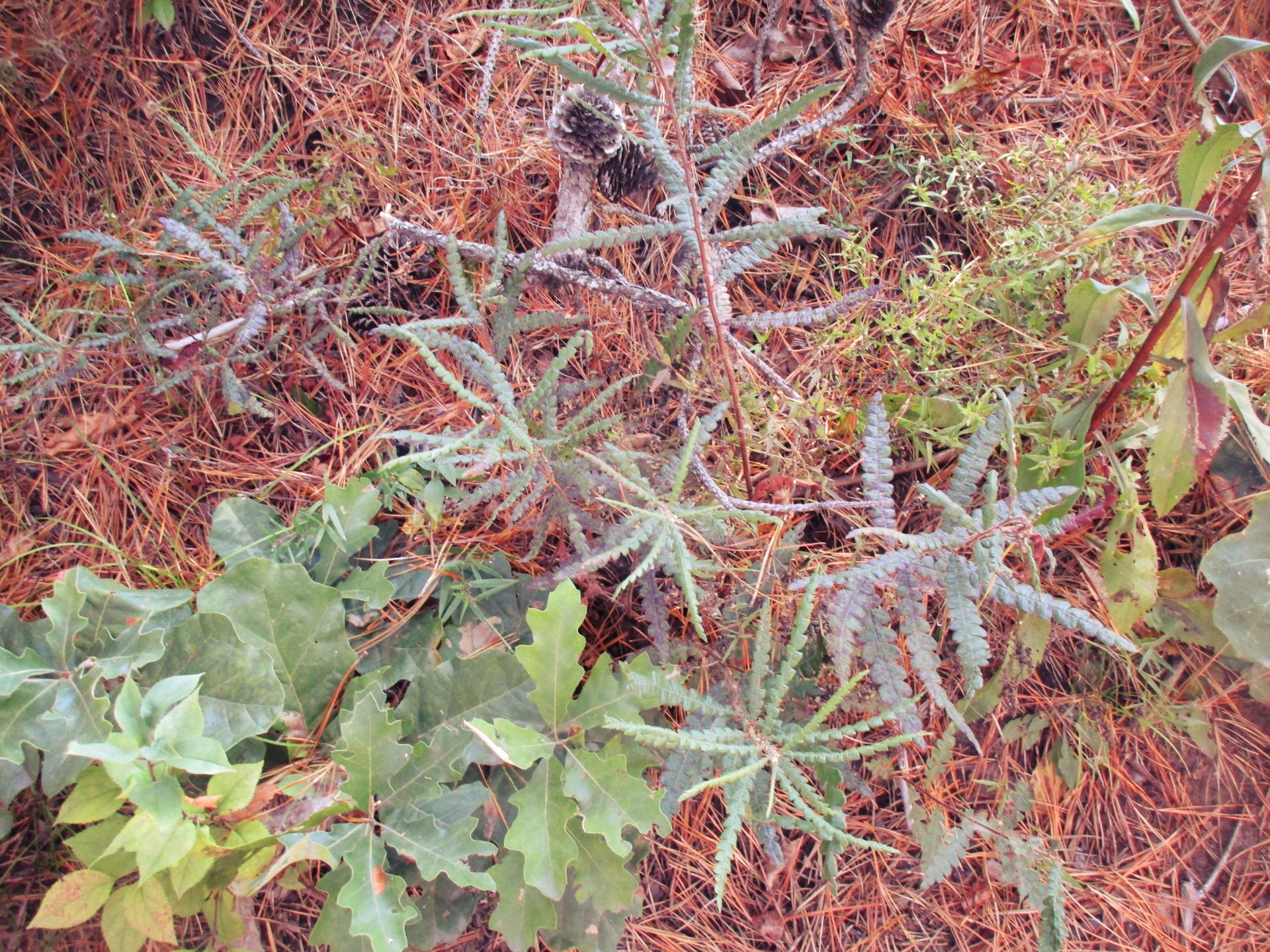A pair of right wing propagandists are using misinformation about the Pine Bush and the Karner Blue Butterfly to attack grass-roots preservation efforts across America, and are calling for overturning the Federal Endangered Species Act. Hailed as the new bible of radical anti-environmentalism, Noah’s Choice, The Future Of Endangered Species, is the product of rightist magazine editor Charles C. Mann and the notorious reactionary apologist Mark C. Plummer.
This slippery tome carefully avoids mentioning Save the Pine Bush, although our lawsuits are cited in small print as references in the back pages. The reason for this deliberate omission is clear. The mere existence of a volunteer citizens group using existing laws to fight for the survival of a vital ecosystem in their own community exposes Mann and Plummer’s specious ditherings to be little more than elaborately constructed deceptions.
These reactionaries are also careful not to mention that the purpose of Pine Bush preservation efforts is to maintain the Pine Bush as an intact ecosystem. Instead, they divert attention to the Karner Blue Butterfly, pretending that protecting the butterfly is the only reason for saving the Pine Bush. This is a familiar tactic used by quick-buck developers and corrupt politicians eager to sidetrack community efforts to preserve their natural heritage, sometimes effective because it trivializes the issues.
From here the authors slither onto the next step, which is to ask the following questions (found on pg. 114): “Why should the citizens go to so much trouble to protect a butterfly? If it is going to cost a lot of money, why should Americans save any biodiversity at all? What would be lost if it vanished?”
At this point they lose their nerve, or perhaps they don’t have enough courage to honestly advocate undermining decades of preservation work and allowing the Pine Bush to die. Throughout the book they are careful to avoid making any committal statements. They are veteran propagandists, and they know their trade.
The ultimate purpose of this printed garbage is to provide verbal ammunition for rightist radicals keen on overturning the Federal Endangered Species Act. The book tries to give the undiscerning reader the impression that the environmental movement is nothing but a set of counter-productive regulations imposed on a simple minded public by a bunch of evil federal bureaucrats. A quick look at the history of Pine Bush preservation puts the lie to this slick nonsense.
First, the Federal Endangered Species Act has not been a factor in Pine Bush preservation, not even marginally. Save the Pine Bush has usually depended on the NYS Environmental Quality Review Act (SEQRA) for most of its lawsuits. Despite repeated applications, the Karner Blue was not federally listed as endangered until December 1992, and we have yet to see any benefits come from this designation, or even promises. From our point of view, the big problem with the federal act is that officials have refused to use it where it is most needed, such as in the Pine Bush. Some “big government interference” would be welcome to the Capital District.
(By the way, rightists often blather about “States rights” and “decentralizing government”. SPB’s work with SEQRA should be held up as an example of what right wingers want!)
Second, Save the Pine Bush is not composed of bureaucrats, federal or otherwise. We are volunteers who work out of our homes. We enjoy broad local support, and quite a few politicians have learned to work with us. Statutes such as SEQRA and the Federal Endangered Species Act allow SPB, and thus the people who support us, to participate in public policy decisions. These statutes do not stifle society, rather they encourage wider public input.
Ideologues such as Mann and Plummer want to take these legal resources away from us. Power to decide environmental issues would then concentrate in the hands of a smug and insulated elite. There is no way that such a centralized power structure could respond to the environmental needs of a local region such as the Capital District. Groups such as SPB are vitally necessary. After all, without SPB, there would be no Pine Bush today.
Back to Karner Blue Butterfly Article Page
